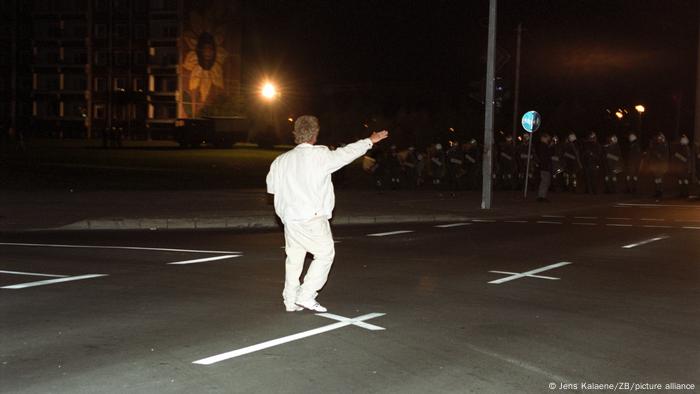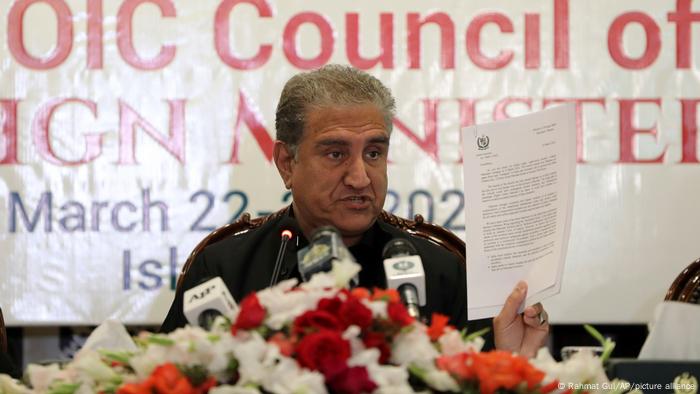Jess Thomson -NEWSWEEK
Nuclear fusion could be within America's grasp by the end of the next decade, with investment and interest in the energy source from both Biden and the former Trump administration.
Fusion scientists have told Newsweek that the power source now provides huge appeal across the political spectrum to solve the many problems that face this near limitless, clean source of power.
In April, the White House said the Biden-Harris was developing a strategy to push fusion energy forward, including $50 million to advance research in the area.
Steven Cowley is the director of the Princeton Plasma Physics Laboratory, a U.S. Department of Energy laboratory that researches nuclear fusion science. "There is considerable interest in the Office of Science and Technology Policy in the White House in accelerating fusion," He told Newsweek.
"The summit on March 22 in the White House set out an aim to make first fusion electricity on a decadal timescale. I believe that we could have fusion electricity by the end of the 2030s."
Nuclear fusion is a form of energy generation that produces next to no by-products. It involves heavy hydrogen atoms colliding with enough force that they fuse together to form a helium atom, releasing large amounts of energy as heat in the process. This heat can then be used to generate electricity, in much the same manner as a steam engine: heat evaporates water to create steam, which turns a turbine.
If the heavy hydrogen plasma reaches a high enough energy state, it "ignites," meaning that the fusion reaction becomes self-sustaining, producing enough power via fusion alone to maintain the temperature without external heating.
In a recent milestone in the field, fusion ignition at Lawrence Livermore National Laboratory's (LLNL's) National Ignition Facility (NIF) was confirmed in three peer-reviewed papers.
The crucial factor of nuclear fusion in our age of climate change and fossil fuels is that the only fuel required is hydrogen, which can be harvested from seawater using simple electrolysis, and the only by-product is helium, which we can be used for various important purposes like in coolants and in arc welding.
If we could get to the point where a fusion reaction was controlled and self-sustaining long-term, the only energy input required would be the starting nudge to begin the chain reaction.
"Fusion seems to be something that appeals broadly to both [political] parties—it could provide firm power for manufacturing and urban centers, and it is safe, carbon-free, and environmentally sustainable," Nathaniel Ferraro, a research physicist at the Princeton Plasma Physics Laboratory, told Newsweek.
"Both the Trump and Biden administrations were and are looking to leverage private investment in fusion research as a way to accelerate the national program, and this has been reflected in an increase in funding to public-private partnership programs.
"The Biden administration signaled its support for fusion in March with a relatively high-profile event at the White House to showcase how fusion energy can help achieve the policy goals of net zero carbon emission by 2050 and promoting environmental justice."
According to Ferraro, the recent positive developments in fusion research, in terms of science, policy, and investment, have led to a surge of optimism in the field.
"With an accelerating climate crisis, and a war raging in Europe, made more complicated by global dependence on Russian oil and gas, we need innovation more than ever, to secure our energy future, and stop emission of greenhouse gasses," Sally Benson, Deputy Director for Energy at OSTP, said at the White House Summit on Developing a Bold Decadal Vision for Commercial Fusion Energy on March 17, 2022.
"The amount of fusion fuel that could fill a bathtub holds as much energy as all the oil Russia produces each day—about 10 million barrels. For more than 70 years, fusion scientists and engineers have worked to discover how fusion works and how to control it," she said.
"The benefits are great—a source of emission-free electricity that we can turn on and off when and where we need it. And a combined source of heat and power for clean industrial processing, making hydrogen, desalinating water, and things we can't even imagine today."

Stock image of an atom. Nuclear fusion energy, which involves the
fusing of two hydrogen atoms, may provide clean energy if perfected.
Despite the optimism towards the future of nuclear fusion power, there is still greater interest and funding directed towards solar power.
"Investment in solar is much larger—but it is a deliverable technology now," said Cowley. "It is essential that we deploy carbon free electricity now and fusion isn't ready. But it is also essential to develop fusion because the two major 'firm' energy components in studies like the Princeton Net Zero America project are nuclear fission and carbon capture and storage. 'Firm' is the term used for sources that can be switched on and off to balance renewables when the wind doesn't blow and the sun doesn't shine. Fusion is the perfect firm energy source."
Congressman Chuck Fleischmann, who is member of Congress' bipartisan Fusion Energy Caucus, said in a statement: "We need a bicameral, bipartisan–in fact, I would argue non-partisan–effort on fusion energy. We can work together to get this done."
There are many challenges facing the field of nuclear fusion energy, including building structures that can contain the energy produced by the fusion reaction over long periods of time.
Additionally, containing the reaction that sustains the sun requires very specialist equipment, which costs a lot of money.
"There is still a long way to go, since there is a considerable gap between building lab-scale fusion experiments and building a commercially viable fusion reactor," said Ferraro. "But in my opinion the global need for a power source like fusion energy makes it absolutely worth the investment to try."






















